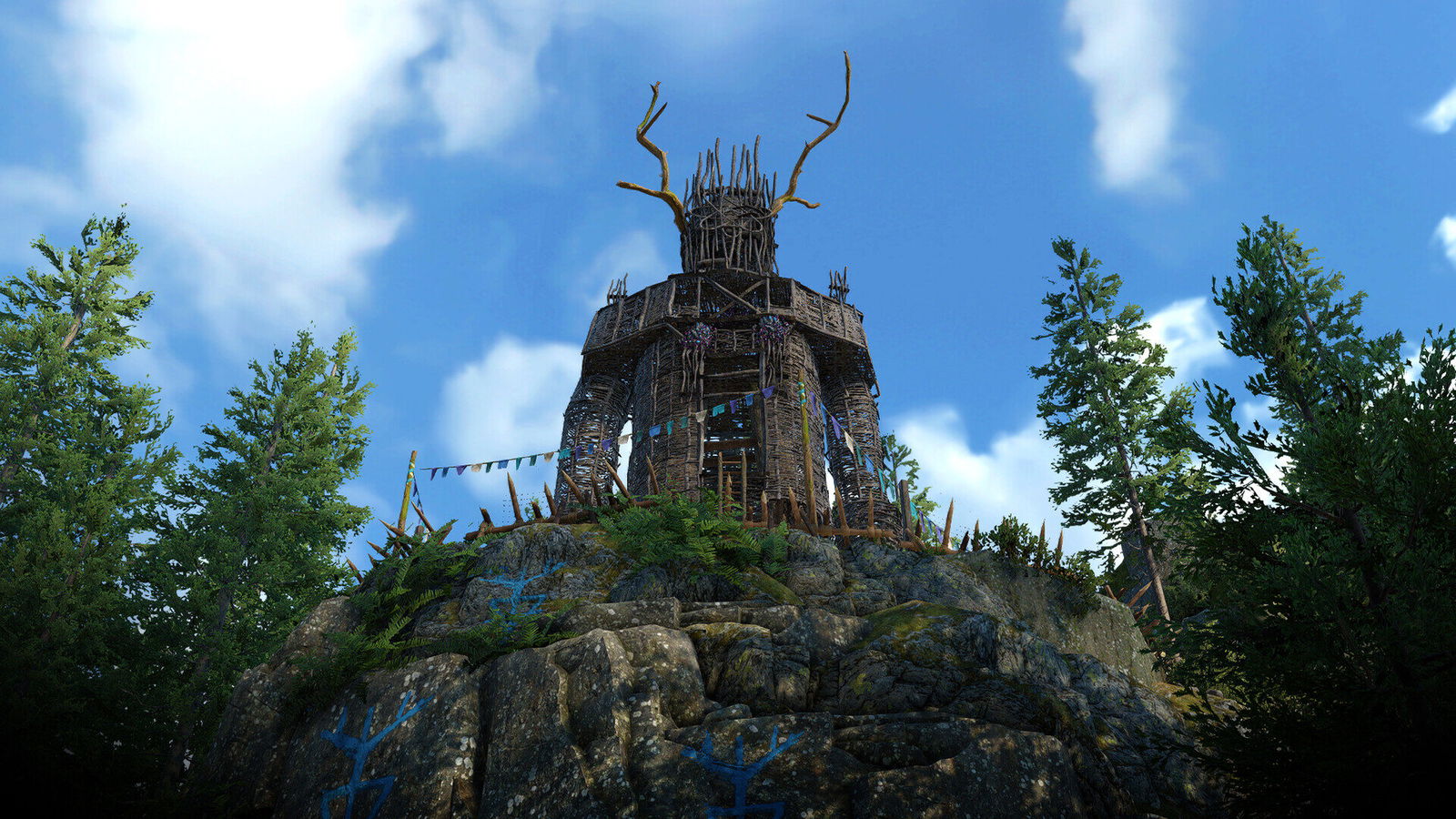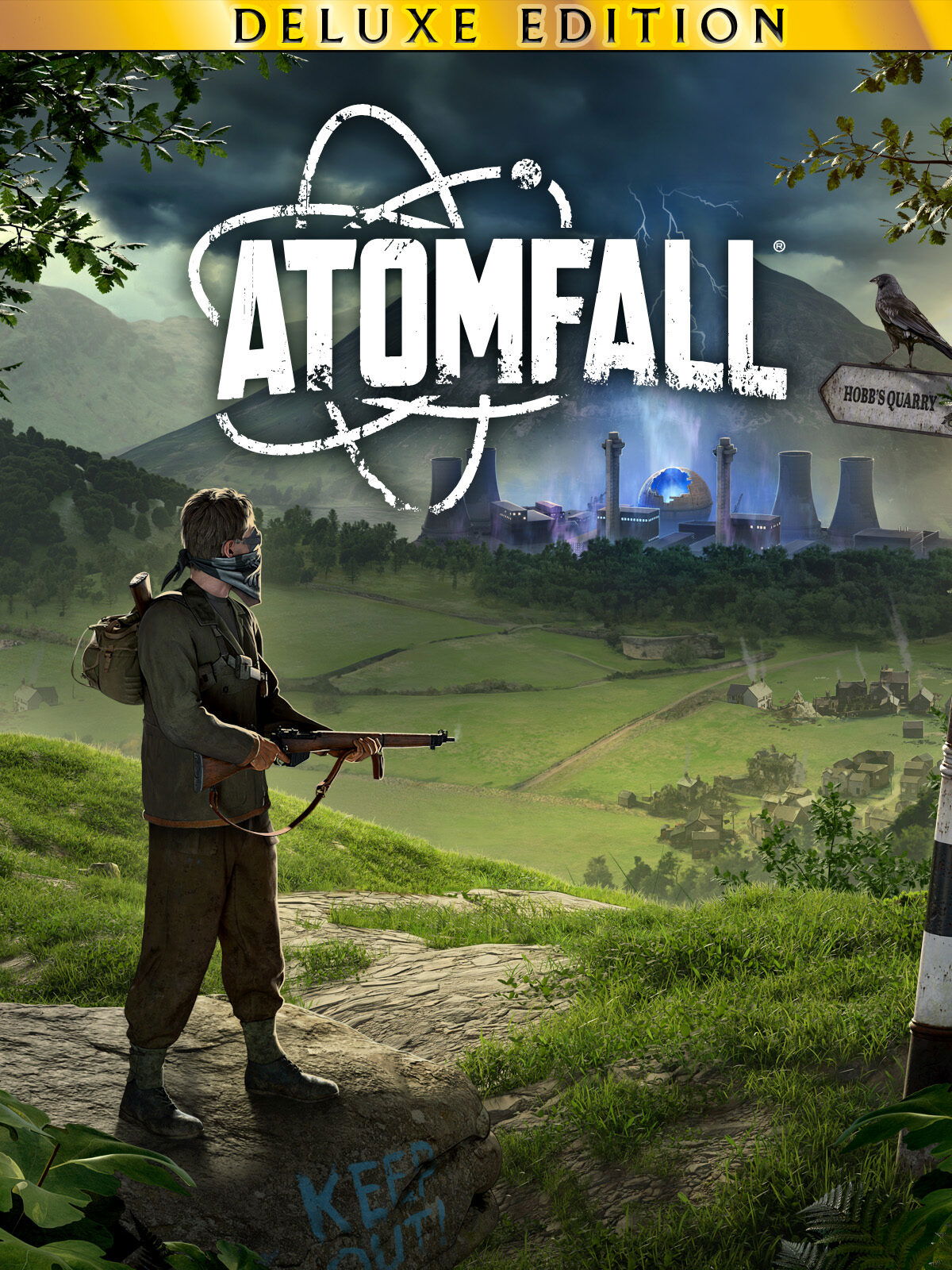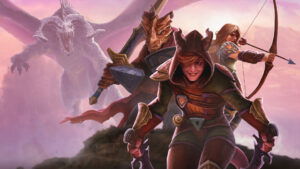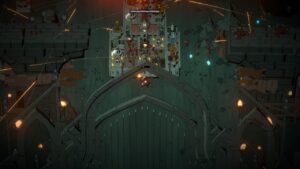It has been over 30 years since Rebellion opened its doors and delivered its debut title, Lords of the Realm. Since then, the developer has been known to launch titles in the fan-favourite Sniper Elite series, with a staggering 10 total titles under their belt in the series to date. Atomfall is not just a foray into a brand-new world in gaming; it’s unexplored territory for a developer with ‘veteran’ on their resume. Atomfall delivers a stunning new world saturated in gorgeous visuals developed with Rebellions i-house Asura Engine, another sandbox title to explore, and many elements other open-world titles are known for (including novel ideas from the brains at Rebellion) wrapped in a neat package.
Five years have passed since the real-life Windscale Disaster ravaged Northern England in 1957. In Atomfall, this disaster was fictionalized as worse than the real-world twin (although the ‘real’ disaster was considered the worst in English history) to the point of a large quarantine zone wrapping itself around the Atom Plant, creating a hostile world state.
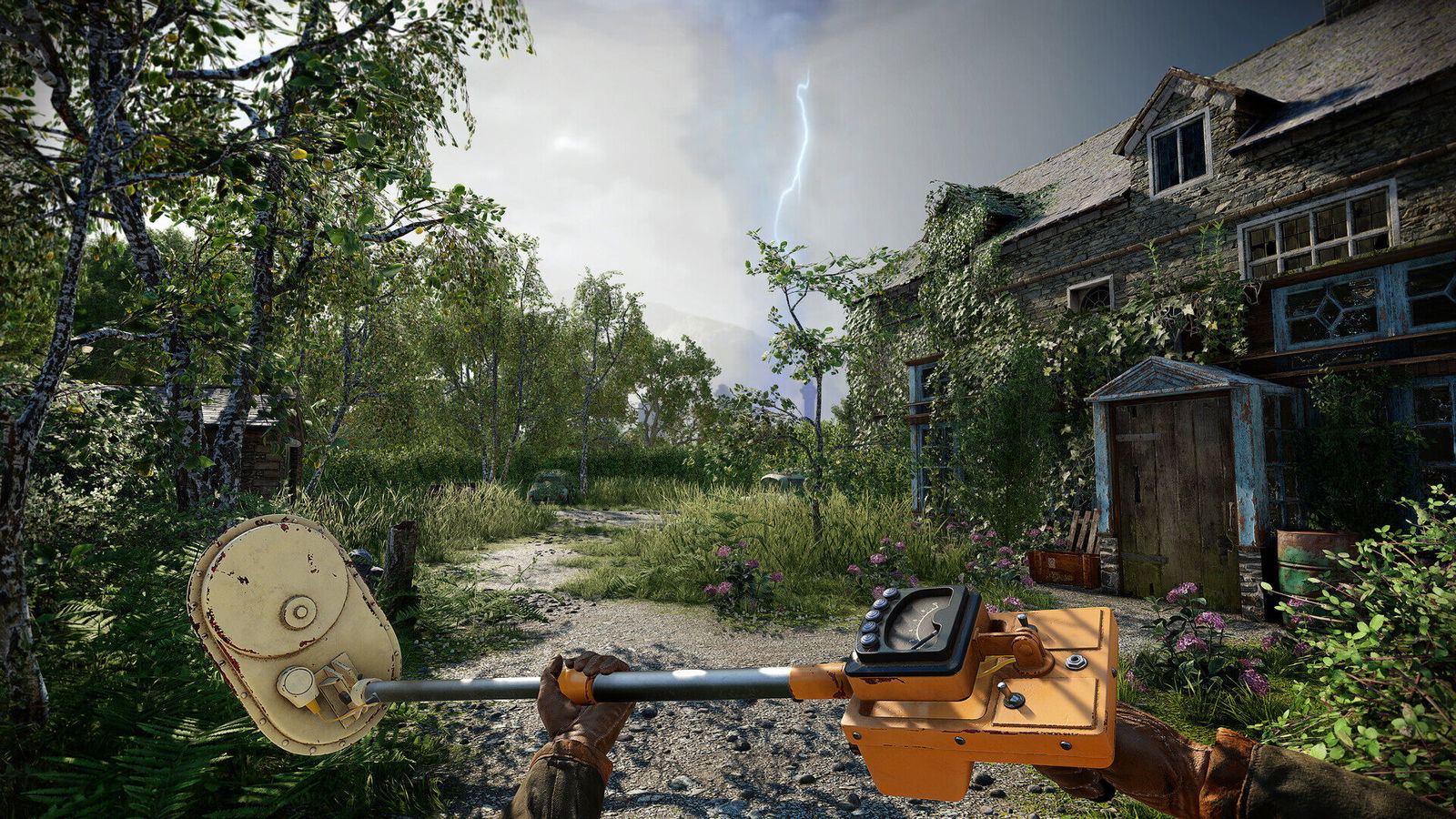
Atomfall takes place inside the hostile quarantine zone where the tragedy occurred, with no one allowed to get in and no one allowed to leave. In the five years that passed, communication with the outside world has been lost. With such post-apocalyptic and nuclear warfare connotations, fans may expect the usual Fallout fare of ‘wasteland galore,’ but Atomfall brings lush environments and a little more (but a lot less) to the post-nuclear equation. This adds more to look at than just another game loaded with man-made rubble, and Atomfall stands out because of it.
What doesn’t stand out is the main protagonist in Atomfall, which is by design. Your cookie-cutter character is shaped to maximize immersion in Atomfall’s hostile environments. The faceless, nameless, voiceless Homunculus you embody moves to the beat of the player’s drum, and it’s up to your playstyle to shape them however you like. The almost groan-worthy amnesiac condition baked into your backstory is almost a little too convenient to start with.
However, allowing the protagonist to be moulded by the player as such allows the storyline and the characters of Atomfall to act as the true protagonist. Although events don’t occur in Atomfall unless the player is in the vicinity, letting the player see the story from a non-partisan view is a novel approach from a studio that normally deploys a strong singular character integral to the story. A good approach from Rebellion.
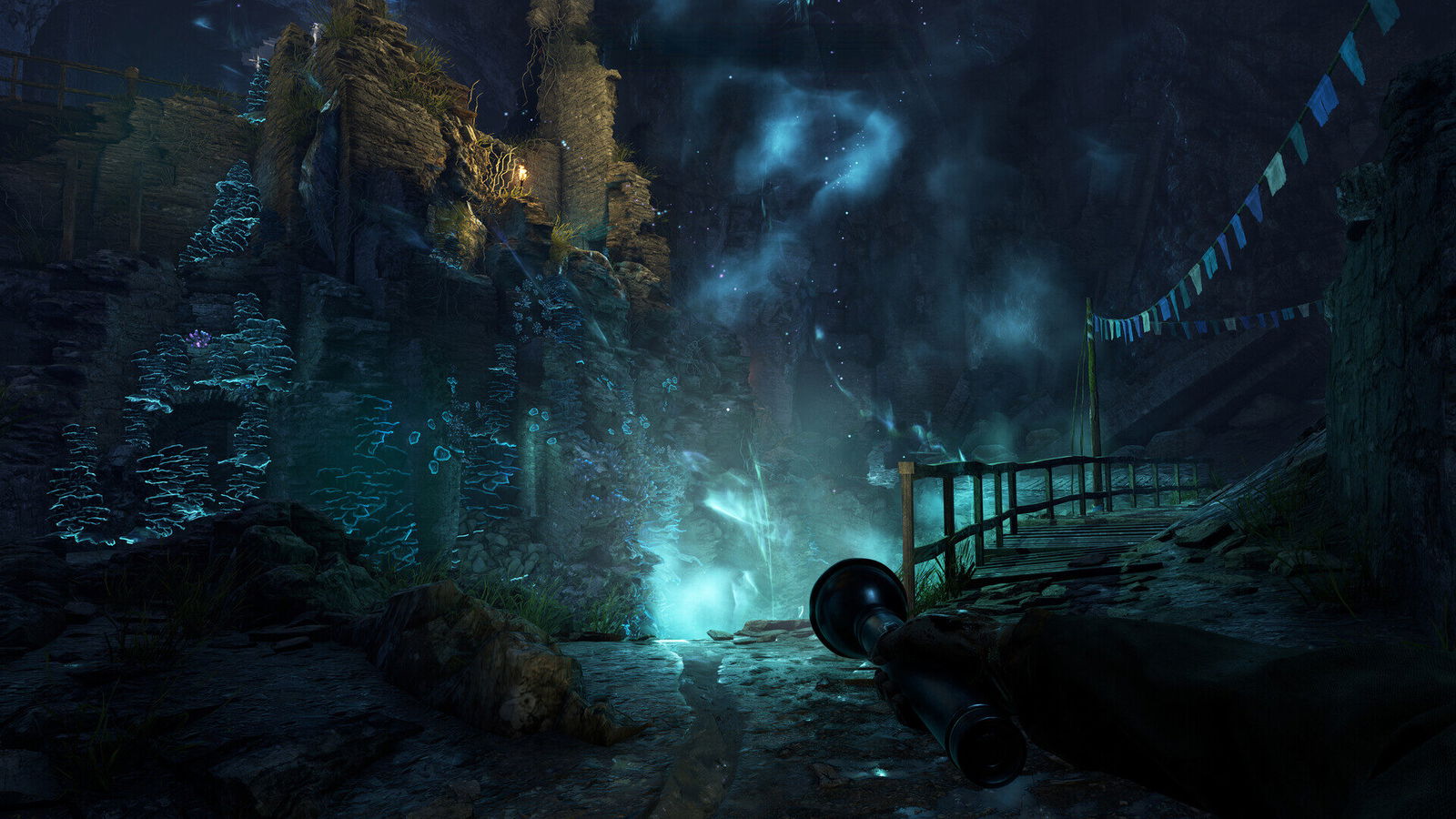
You start by waking up in a bunker, unsure of who or where you are. A scientist, bleeding to death without explanation, begins to tell you what’s going on in the small quarantine world you’re confined to because telling you information is more integral to the scientist than his rapidly dwindling life force. This small segment doubles as a basic tutorial, which is needed to explain how to Atomfall.
Before this, a small cinematic cutscene plays, giving the player a Spark Notes synopsis on the five W’s of Atomfall. This is similar to Fallout 3’s propagandist message of ‘War Never Changes,’ but it feels much more surface-level than that. After escaping the bunker, it’s clear the British Fallout quarantine zone is home to a peacekeeping force, outlaws (the Atomfall Raider), scientists, and much more. That said, it’s never explained why all of the human elements in the world of Atomfall are trigger-happy to see you.
In other survival titles, it’s explained the T-virus makes flesh more appealing to the palate, and drugs called “Psycho” make you one, but in Atomfall, people are subway riders late to work. It’s a madhouse that is separated into groups of people who will shoot you on sight, people who will shoot you if you’re ‘this close,’ and the over-zealous police force (dubbed the Protocol) that will shoot you if you step into their unmarked bases.
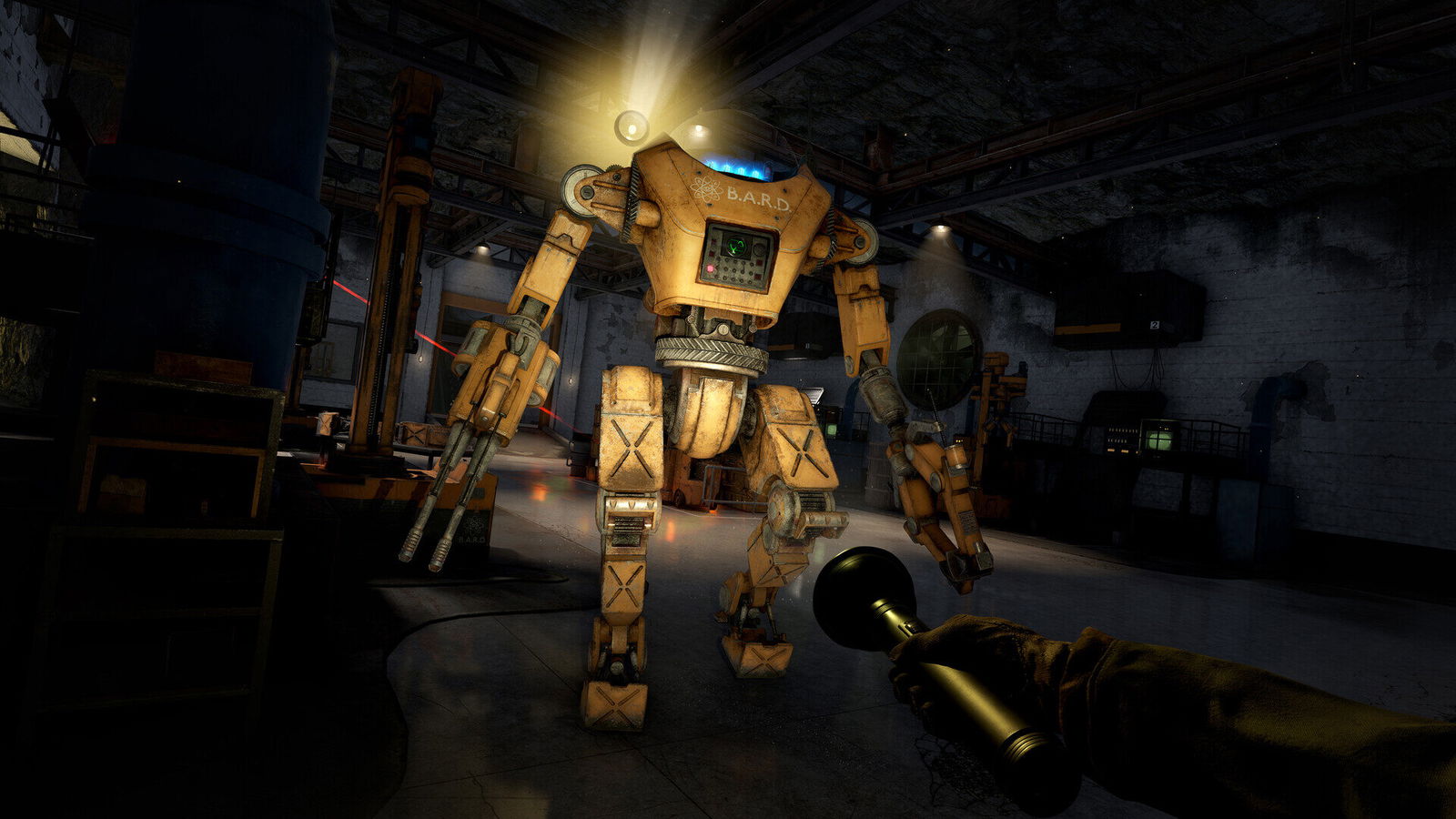
The monster faire on the menu is equally as confusing, with poisonous spitting plants and humanoid zombie-like creatures that could be related to Mass Effect’s Husks if you squint, but no back story on how all of this came to be. Aside from the confusing world state, Rebellion opens Atomfall with four overworld areas connected by the heart of the quarantine zone, the Interchange. A scientific vascular chamber that must be powered back on to escape the quarantine.
Far before you’re introduced to the Interchange, you run into a cryptic red-coloured TARDIS (aka, a phone booth) with the phone ringing off the cradle. When you pick it up, a husky voice whispers “kill Oberon” into your ear, and it hangs up. Outside of the now-dead scientist (that was a lot of blood), this is the second ‘Lead’ the player runs into, introducing the Lead storytelling system.
“In a gaming landscape filled with breadcrumb-laden trails and open-world questing, Rebellion goes all-in crafting a new method of investigating questlines in Atomfall.”
This is easily the strongest part of Atomfall (aside from the stunning visuals), pushing the player forward in a fugue of wonder and confusion. Whether picking up a note, talking to an NPC, or even eavesdropping on people speaking, the player can surmise Leads from the quarantine zone. This is a novel way of quest giving and I truly like it. It gives Dragon’s Dogma II’s approach of ‘here’s your start, finish it’ but without the Pawn system to help. In a gaming landscape filled with breadcrumb-laden trails and open-world questing, Rebellion goes all-in crafting a new method of investigating questlines in Atomfall. A breath of fresh air.
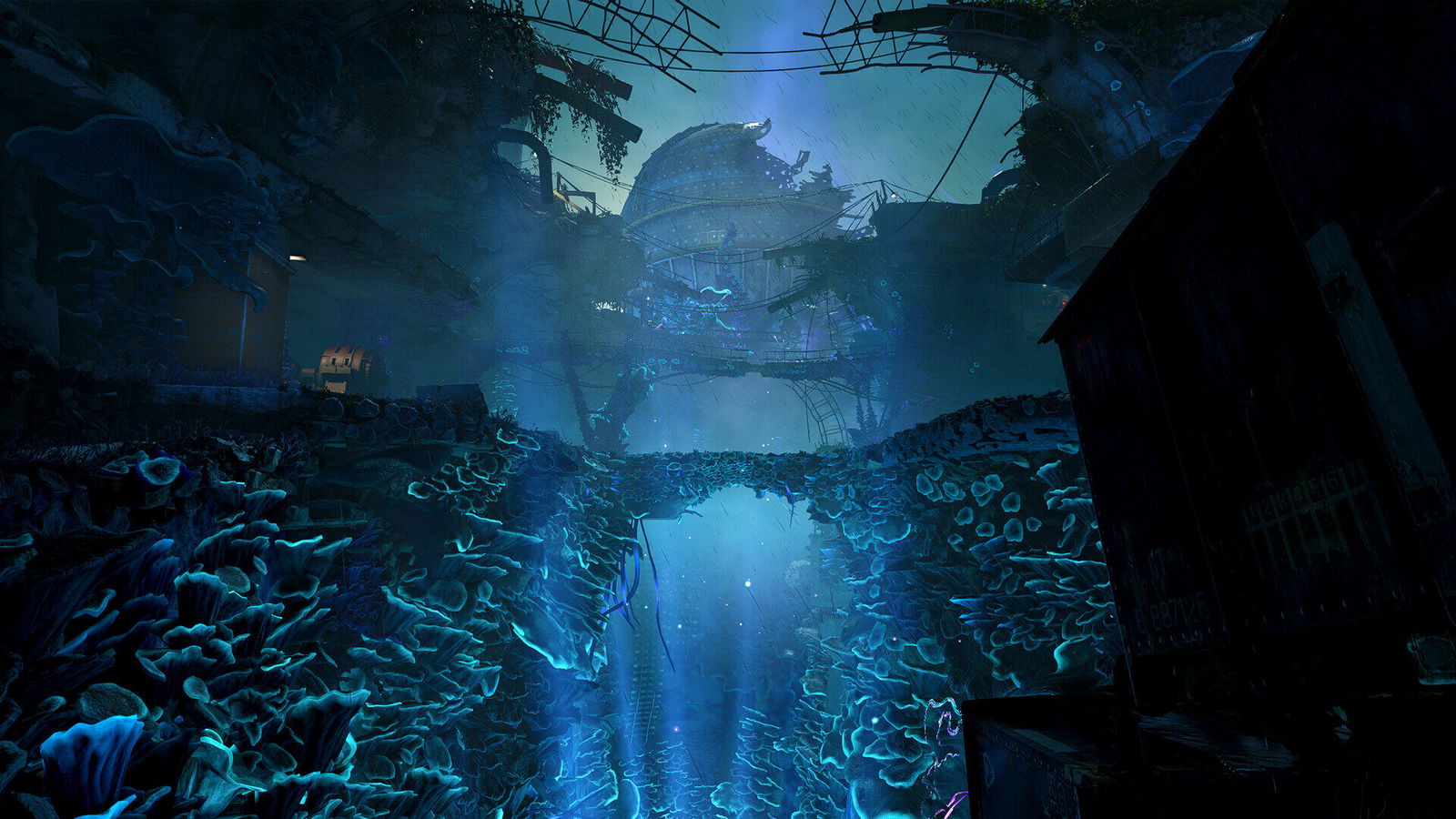
After solving a few of the quests — including a book fetch quest — one thing became abundantly clear in Atomfall: the combat found inside the quarantine zone should stay under lockdown. This is after traipsing across two zones to return the fetched book. While Atomfall does a good job of containing their title in a neat four-major zoned area that doesn’t feel too cumbersome — including the lack of lore not explaining all of the world’s hostility — the combat system made it so I’d almost always run instead of fight. This is due to many of the game’s elements short-circuiting the rest of the title.
There are many bunkers — like the one the player spawns in— littering the landscape. After picking up a Cricket Bat pulled straight out of Shawn of the Dead in a bunker, I continued exploring with a brave face until it was time to use it. Combat gives a few options to explore each scenario with, like stealth killing and kicking in the front door but the aforementioned husk-like enemies rush you with reckless abandon down bunker hallways littered with escapes.
Crawlspaces and tight squeeze areas populate the environment to help you evade death, which is an excellent touch but one I continued to use as a crutch after realizing early game stealth mechanic inconsistency left me frustrated. Shooting in Atomfall feels lousy (and melee combat isn’t far behind with its lack of variety), so I ran from the blue humanoids. Little did I know, this was their kryptonite. Running from enemies is the quarantine zone’s best weapon.
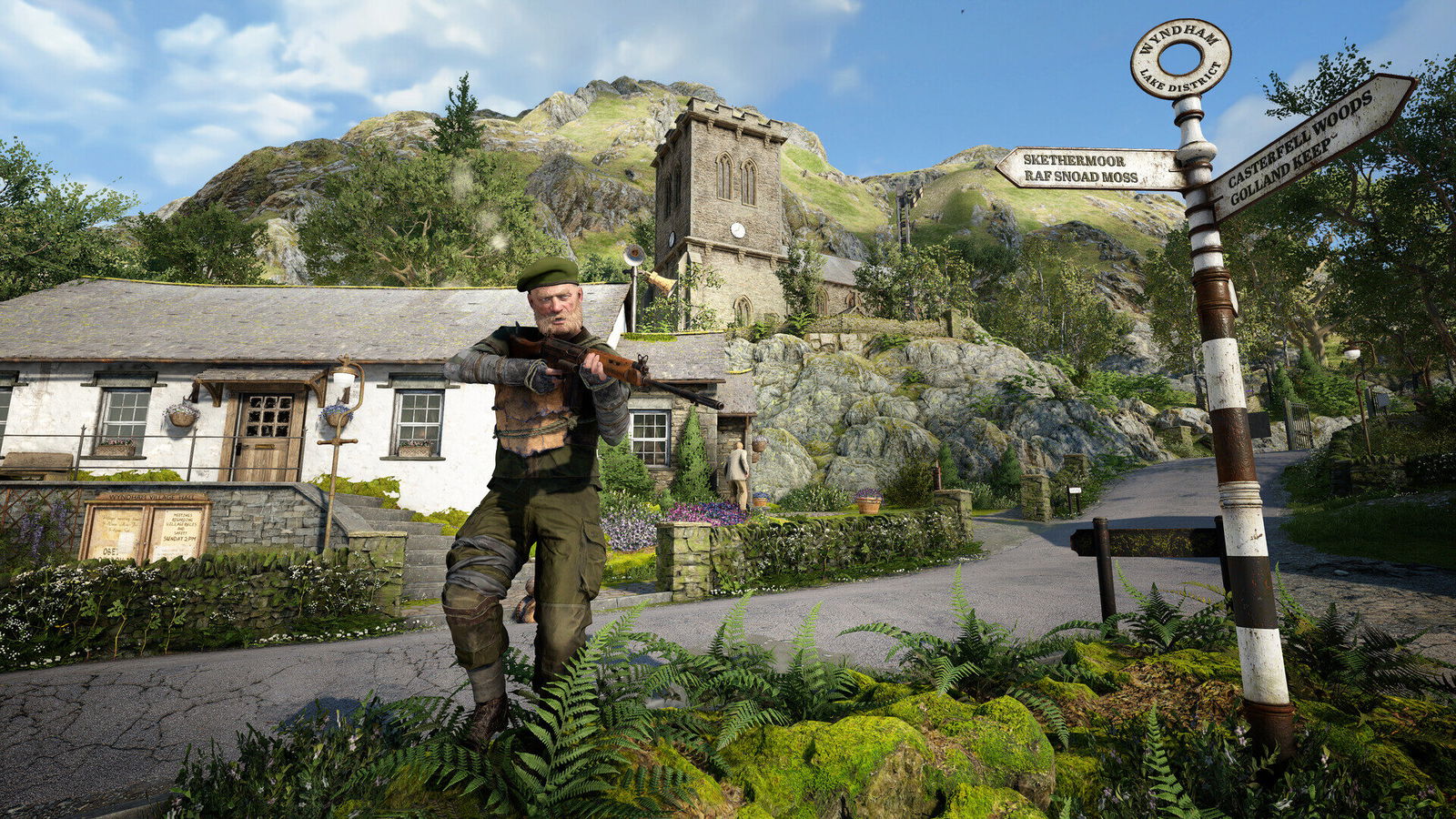
This is made more apparent outside of bunkers. Outlaws stand and threaten you with harsh words of violence, and you can just simply walk around them. Protocol officials leave you alone if you don’t cross their territory, and cultists leave you alone if you don’t breach their personal space. While Atomfall is a lot like North England Fallout in many ways, the lack of motive for killing enemies makes them more of an eyesore on the beautiful landscape than an actual adversary. While enemies do drop loot, Atomfall’s inventory system is incredibly cumbersome.
“Atomfall is a literal sight to behold.”
Atomfall’s biggest downfall is its inventory system. After exploring a small area in the woods, I couldn’t pick up any more items. This is circumvented by ‘stash’ containers littering the quarantine zone, but like every other title that attempts grid-based inventory (this one is 4×3, allowing 12 inventory spaces and four extra slots for heavier weaponry), this one includes key items, NPC items, healing items, small weapons, throwable objects, and more.
For a game to ask the player to get lost exploring leads, over-encumberance kneecaps the player at every turn. In another hit to the combat system, ammo caps at ~20-30 rounds per weapon, so every found bullet afterwards is left behind.
Atomfall does explore some interesting story beats. Dealing with cultists and the darkness lying underneath their twisted motives is genuinely captivating. Solving a few of the leads, including fetching the witch in the woods’ favourite cookbook, opens a story rife with intrigue that coats Atomfall in wondrous mystery, but the sum of its parts dampens the experience, with too many ideas in place without one of them feeling fully executed.
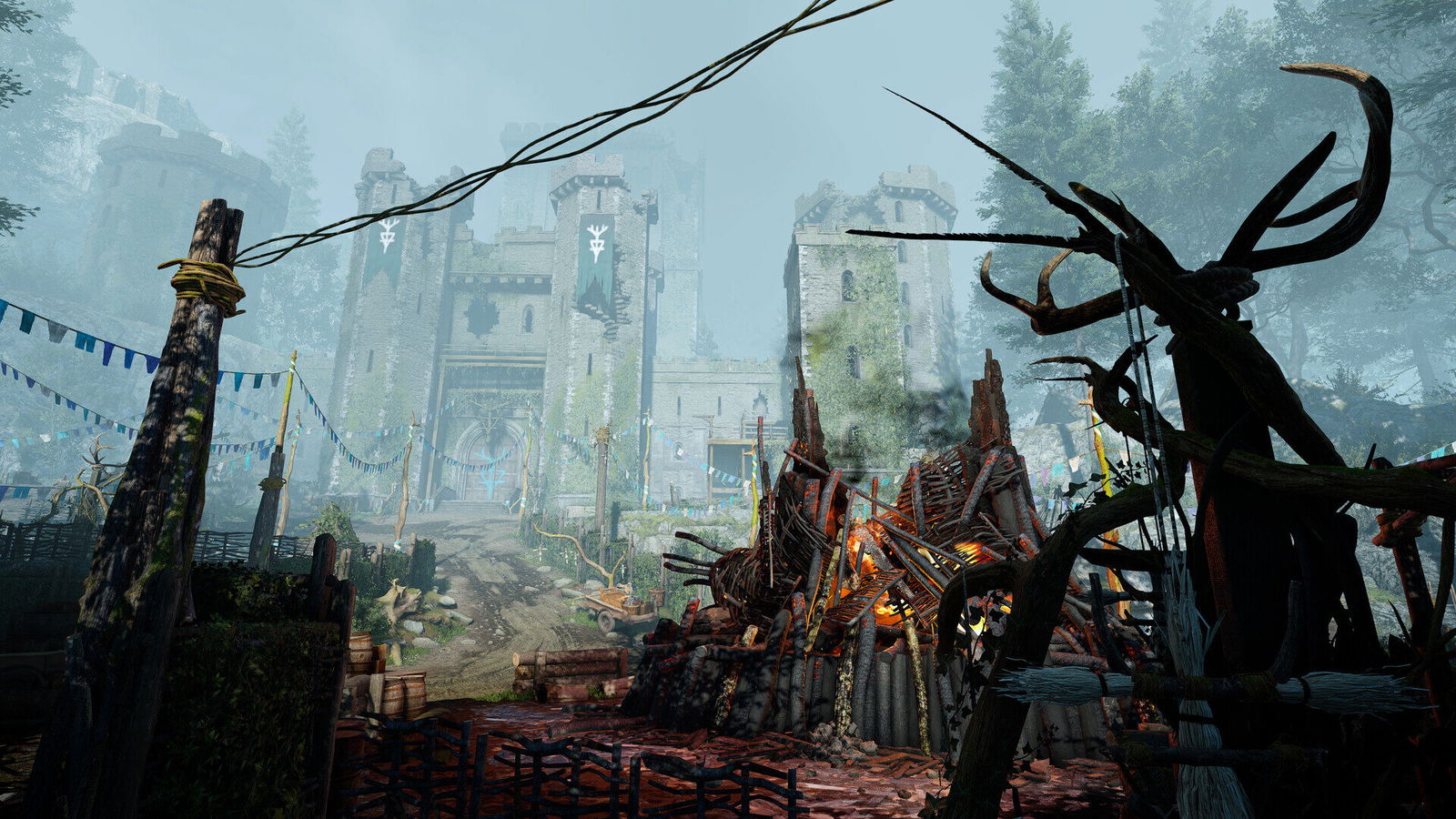
Atomfall is a literal sight to behold. Players are greeted with gorgeous visuals and a system in place that pulls the player along on an adventure loaded with mystery. A small sandbox is a godsend in today’s landscape where dozens of 50+ hour epics litter game libraries, making Atomfall an atom-sized treat.
However, shortcomings litter gameplay, and the nagging feeling of “let me just run” permeates the experience through and through due to the staggeringly strict inventory system and lousy feeling combat system. While Atomfall deploys some cool and innovative ideas, none cut deep enough to leave an impression. Atomfall has the framework to be something great, but its message gets lost in its parts.
